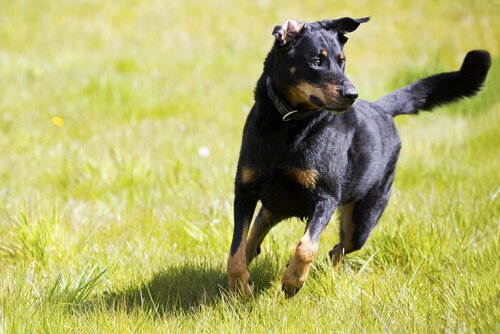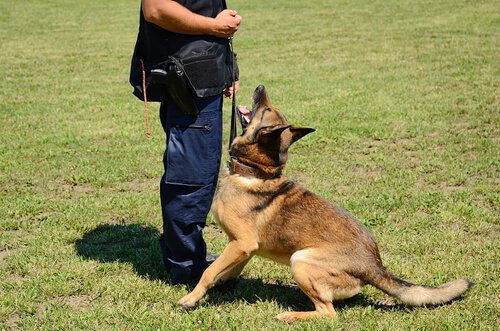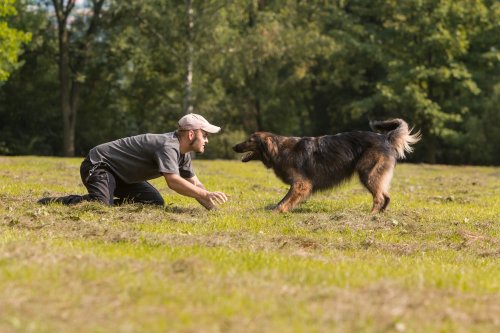Advice for Training An Independent Dog

Many people train their dogs to be obedient, calm, sociable, and adaptable. Things like going to the bathroom in the right places, sitting, and doing tricks are easily trainable activities. However, how many owners are hoping to train an independent dog?
First, it’s worth saying that all training should be individualized to fit each dog. However, there are techniques, tricks, and approaches you can apply to train canines to be more self-reliant. These tips might also be useful for dogs that have a hard time following orders. Continue reading to look at several tips for forming an independent dog through a carefully guided training plan.
Socialization is fundamental
The job of socializing your dog starts when it’s just a pup. To be exact, it should begin within a month and a half to four months of age. This is when you should start putting the most emphasis on your dogs training and habits. While training don’t be aggressive and excessively coddling.

During this period the dog should always feel safe, and owners should prevent any kind of trauma. Any run-ins with cars or abuse could end up defining the adult life of an animal.
No matter what, the puppy should feel protected during this learning phase. Therefore, the puppy will associate training as a positive experience.
The problem with traditional training
The oldest techniques tell owners to educate their pets once they are adults. However, nowadays methods are changing and specialists insist on training dogs as of a very young age.
The old training philosophy — based on the owner’s domination and strict control over the pet — is now in question. In contrast, the new kind of training is guided by tolerance and control over external circumstances.
There are owners that have gotten used to using the orthodox, excessively restrictive methods. Evidently, dogs that undergo this type of training become obedient and subordinate out of fear of punishment. Dogs that are trained by this method don’t end up to be independent.
Know who’s boss
One of the fundamental problems in training dogs is the owner’s attitudes towards their pets. Some can be very aggressive or grouchy, while others transmit their fears into the animals. Some get desperate when their dogs don’t obey.
On top of this, there are some breeds that are not naturally obedient. Some of the more well-known cases of these breeds are: Basset Hounds, Shih tzus, Chows, Basenjis, Bulldogs, and more.
Why are these breeds harder to train? The answer is simple: these are the most independent dogs compared to other breeds.
Intelligent dogs are often the most difficult
In general, the most gifted dogs have fairly pronounced personalities. When you try to change their codes of conduct, you might have to deal with a lot of resistance.
In reality, these dogs are aware of what’s happening and they know what their trainer wants from them. They’re perceptive, sensible and refuse to stop being who they are, unlike the more obedient (but more dependent) dogs.
In such cases, your training should have a final objective and should be carried out intelligently. Games, rewards, communication, and patience are tools that, if the owner can wield them skillfully, will be very effective.

An independent dog: the key is not to give up
Giving up is as bad and using force or punishment with a smart dog. If you want to give him a life lesson and he resists, don’t give up and move on to the next thing. The pet will think that he has won and you have failed as leaders.
Consistency is more than important, it’s necessary. Before any training exercise, think hard about what you want the dog to learn and why. Then, you have to accept the challenge and persevere.
Dogs are smart animals that live according to the examples set by their owners, beyond what they show through their actions and personalities. When something doesn’t work, just modify the teaching method, not the lesson itself.
The good news is that long training periods that are continuously reinforced are never forgotten. A dog that’s been hit obeys out of fear; a happy, disciplined dog with a strong personality retains a level of human intelligence.
